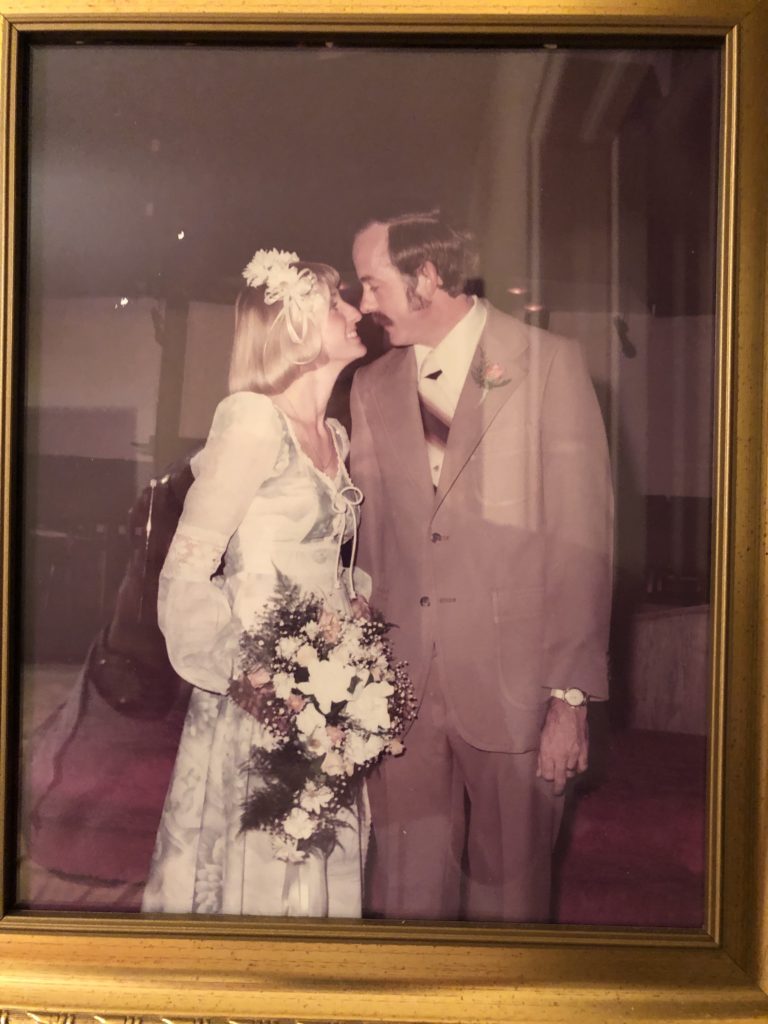
“Dance with your heart, and your feet will follow.” (variously attributed.)
“Make love your aim.” –the apostle Paul (1 Cor. 14:1)[1]
The 2020 AMS Summer Policy Colloquium is entering its second day, and I’m again reminded why it’s my favorite time of the year. Two dozen early-career scientists from all over the country (and with roots extending around the world) coming to DC (this year, virtually) for ten days of conversation with policymakers. The sole purpose? Learning how to work together to make the world a better place (for scientists, this means being as disciplined and responsible in engaging the policy process as they are in their approach to their science).
Good company? A grand goal? What’s not to like?
Of course, these sessions only add up to a week; the participants have already been making the world better for years before they got here. And after they leave, decades of continuous good-doing and simultaneous learning lie ahead. But for many in similar cohorts from the previous twenty years, the experience has been transformative.
This year, participants were asked individually to declare a policy topic of interest to them. Their answers have been thoughtful and varied. A few examples:
“I am interested in ways to promote public trust in scientific findings, especially in climate change topic.”
“I am curious to explore the intersection between research and policy. In other words, how can we, as scholars, encourage policy decision making through our research? Who should we contact to get that ball rolling? I am also interested in making science policy more inclusive and making sure that underrepresented groups are represented in future legislation and budgets.”
“I am particularly interested in addressing the increasing K-12 STEM educational gap that is growing between the U.S. (formerly a leader in science education) and other countries. I am also interested in policies that have the potential to increase both sustainability and economic growth (e.g. investment in renewable resource technologies, creating a more efficient and accessible recycling industry).”
“I am interested in the relationship between research, policy, and the general public and how to increase trust and understanding within those areas.”
“…I am looking forward to getting a broader understanding of weather policy, but more specifically I’m really interested in learning more about the intersection of policy, advocacy, and the public trust.”
“I’m interested in learning effective methods for communicating science with policy-makers, particularly in translating ‘why they should care’. With my background in Atmospheric Science, I’m especially interested in policies that regulate the emissions of local air pollutants and greenhouse gases but also consider myself a generalist interested in science and technology broadly.”
After reading this, one of the participants, Toni Klemm, offered:
I’ve used the Compass Message Box file://localhost/(https/::www.compassscicomm.org:message-box-online) a few times to translate my science into non-science language. It’s an excellent tool to translate science into points relevant to policy makers. We even used it in a workshop on improving collaboration and communication. Shameless plug to a blog post I wrote about the workshop that used the message box, with an example of my current research: https://toniklemm.weebly.com/blog/science-needs-collaboration-so-we-made-a-workshop-for-it
His plug might be shameless, but Compass Message-Box tip is spot-on, and his blogpost itself is terrific, and worth a careful read. In it, he breaks down the scientist-to-rancher communication process into component parts, highlights the role and importance of each, and more.
Which brings us to dancing.
This is exactly how I’ve approached dancing. Analysis is very appealing to (this) scientific mind. Over the years, I’ve had the chance to have a lot of dance lessons. I listen carefully to the instructor explaining the steps. I work hard to remember the sequences – how each move leads in to the next. I break it down to components. Then I practice, practice, practice.
And the result is a nightmare. A crime against nature. A concatenation of errors. I’m not just clumsy, I’m an existential threat to my dancing partner – and perhaps to all humankind.
My wife and I met when we were in our early thirties. Even at that age, I’d only danced a relative handful of times. My high school senior prom was just about my first date ever (and a catastrophe of another sort; I’ll share the details only when and if you and I get to know each other better). By contrast, I don’t think my wife had ever known a time when she wasn’t dancing. When the music starts, her eyes light up. She begins to move and sway, effortlessly, gloriously. The magic, always there, becomes even more powerful. As she dances – and I stumble – she’s smiling, encouraging, whispering:
“Just let yourself go – just feel the music, let the music guide you.” What she’s really saying is “Dance with your heart, and your feet will follow.”
Well the same principle applies to scientists communicating with non-scientists. The starting point is caring. (And, actually, proof-of-caring is when the starting point is listening; yesterday’s Colloquium speakers said as much in varying ways.)
Toni doesn’t need to be told this. He knows this so well it’s a given, instinctive; allowing him to move on, to focus on, and explain, the component pieces.
But for the rest of us, if we keep firmly in mind how much the person we’re with matters to us; how their well-being is paramount, then science communication will be not one-way but two-way, and collaborations based on it will be as natural as breathing, and good outcomes will follow.
A postnote: my wife and I had a seven-week courtship, and a 13-day engagement (didn’t want her to have the time to let the implications of those two-left feet sink in); we will have been married, happily, for 44 years, later this month. I ‘ve danced with her with my heart that whole time.
Happy anniversary, darling.
[1]The verse immediately following Paul’s famous love chapter, that is a component of so many marriage ceremonies.
